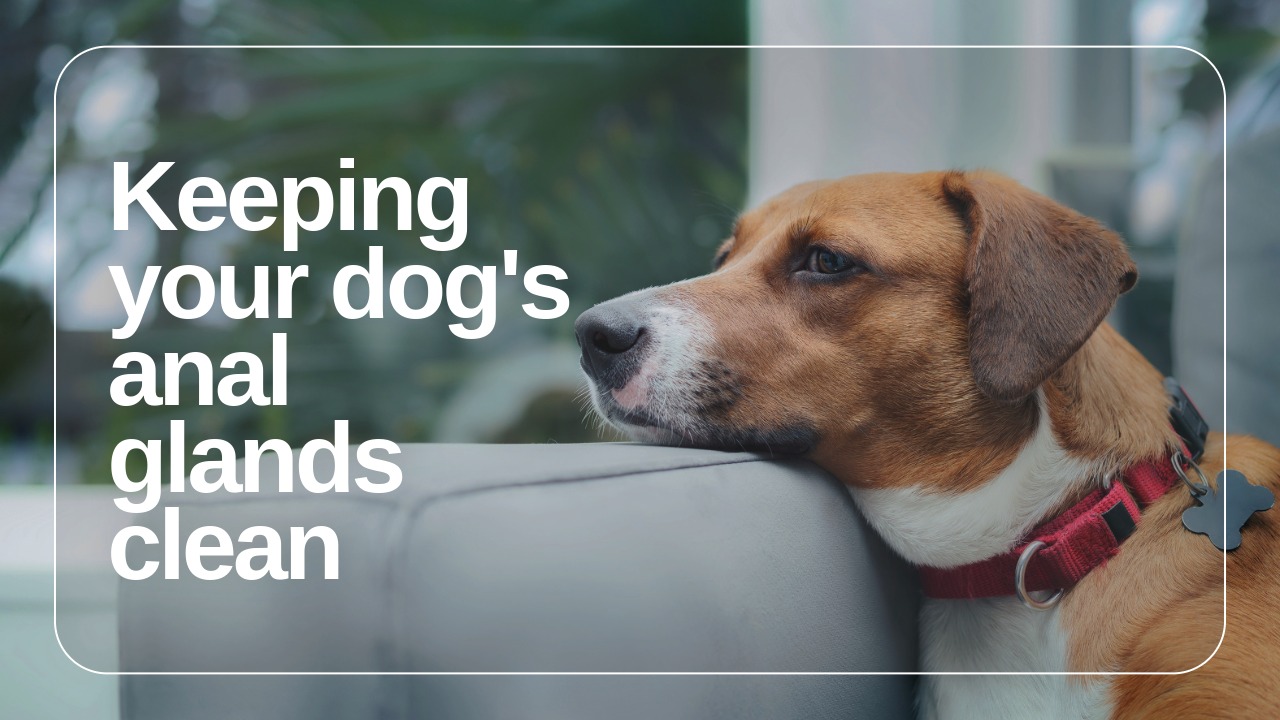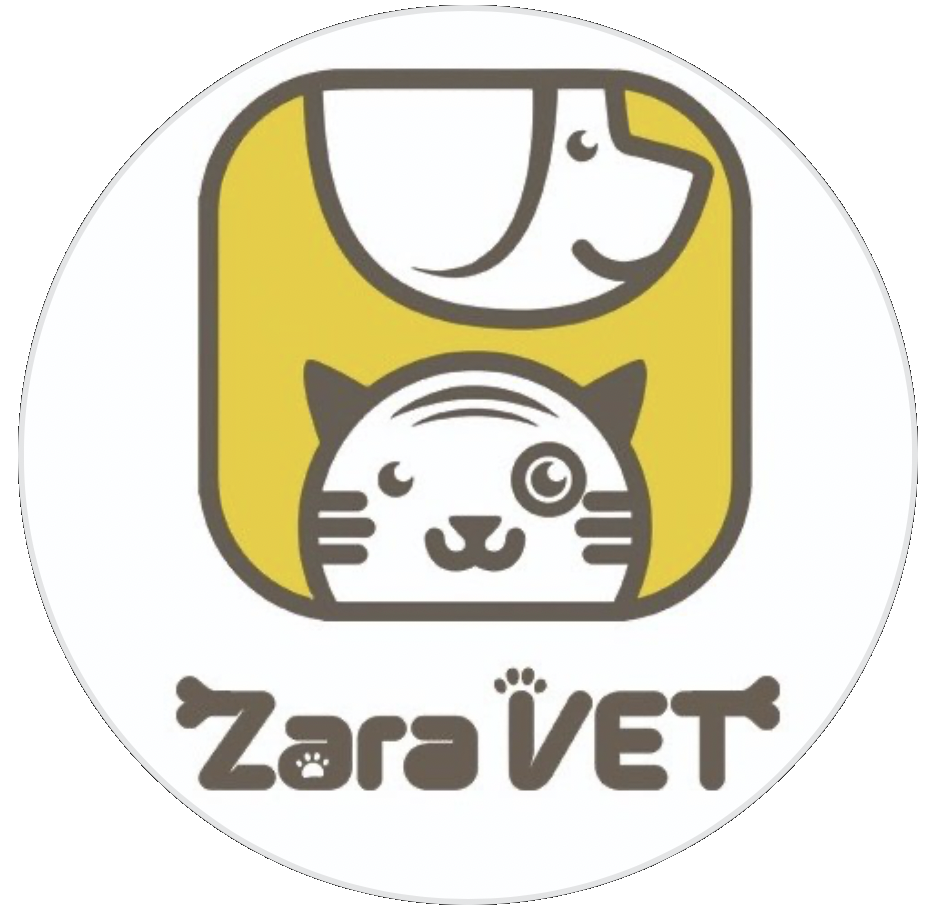published on: 14.05.2025

How to keep my dog's anal glands clean
Key Terms Defined
- Impaction
- A painful blockage caused when anal gland fluid becomes too thick to be expressed naturally.
- Abscess
- A swollen pocket of pus that forms from an untreated infection and may rupture.
- Expression
- The process of manually squeezing the glands to empty the built-up fluid.
Anal glands, also known as anal sacs, are a normal part of a dog's anatomy. These two small sacs sit just inside the anus and produce a potent, oily fluid. In the wild, this fluid serves as a powerful scent marker, allowing dogs to communicate and claim territory. Most dogs naturally express, or empty, a small amount of this fluid every time they have a bowel movement. However, problems can arise when this natural process fails. For some dogs, especially smaller breeds, overweight dogs, or those with chronic soft stools, the glands don't empty properly. This leads to a buildup of fluid that can cause discomfort and lead to more serious health issues.
Key Takeaways
- What They Are: Anal glands are small scent sacs located at the four and eight o’clock positions around a dog’s anus. They produce a unique, smelly fluid used for marking territory.
- Signs of a Problem: The most common signs that your dog’s anal glands are full or impacted include scooting their rear on the floor, excessive licking of the area, and a sudden, strong fishy odor.
- Professional Care is Best: A veterinarian or trained veterinary technician should express the glands. They can do it safely and check the fluid for signs of infection or other health issues.
- Prevention is Key: You can help prevent future problems by feeding your dog a diet with enough fiber to promote firm stools and maintaining your dog's healthy weight.
Signs of Anal Gland Trouble
When your dog's anal glands don't empty on their own, the built-up fluid can become thick and cause painful pressure. If this situation isn't addressed, it can progress to impaction, where the fluid hardens and completely blocks the duct. This can lead to a painful infection or even an abscess that ruptures through the skin, requiring surgery and antibiotics to heal. So, it's crucial for pet owners to recognize the early warning signs. A veterinarian can express the glands during a routine visit, relieving the pressure and checking the fluid for any early indicators of infection, like blood or pus.
You should contact your veterinarian if you notice any of the following signs:
- Scooting or dragging their rear on the floor
- Excessive licking or biting at their tail or anus
- A sudden and persistent foul, fishy smell
- Visible swelling or redness on one or both sides of the anus
- Difficulty or crying out while defecating
The Importance of Professional Care
While it's possible for owners to learn how to express anal glands at home, it's best to have a veterinarian or other trained professional to perform the cleaning. And if you're in Tbilisi, then come to our clinic in Saburtalo to perform this duty. We can safely and completely empty the glands using an internal expression technique, which is more effective than the external method some groomers use. More importantly, we can assess the health of the glands and the fluid that is expressed. We can identify infections, inflammation, or tumors that you might miss. Trying to do it at home without proper training carries risks, including causing the dog pain, incompletely emptying the sac, or even rupturing an impacted gland, which makes the problem much worse.
Preventing Future Anal Gland Issues
The best way to manage anal gland problems is to prevent them from happening in the first place. The primary goal is to ensure your dog has consistently firm, bulky stools that apply enough pressure to empty the sacs naturally. You can achieve this by feeding a balanced, high-quality diet with adequate fiber. If your dog's food seems to be lacking, talk to your vet about adding a fiber supplement like plain canned pumpkin or a specific veterinary formula. Keeping your dog at a healthy weight is also critical, as excess fat can interfere with the glands' ability to empty. Finally, regular veterinary check-ups allow your vet to monitor the glands and catch any potential issues before they become painful for your dog.
Frequently Asked Questions (FAQ)
Q: How often should my dog's anal glands be expressed?
A: Most healthy dogs never need it done manually. For dogs with a history of problems, the frequency can range from every few weeks to a couple of times a year. Your veterinarian will recommend the best schedule based on your dog's specific needs.
Q: Does expressing the anal glands hurt my dog?
A: When performed correctly by a professional, the process is quick and should only cause minor, temporary discomfort. However, if the glands are impacted or infected, the area will be sensitive and the procedure can be painful.
Q: Is scooting always a sign of anal gland problems?
A: Scooting is the classic sign, but it can also be caused by other issues like intestinal parasites (worms), skin allergies, or general irritation. It's always best to have a vet check it out to get an accurate diagnosis.
Citations
- VCA Animal Hospitals. "Anal Sac Disease in Dogs." vcahospitals.com.
- American Kennel Club. "How to Deal With Dog Anal Gland Problems." akc.org.
- Cornell University College of Veterinary Medicine. "Anal Sacs." vet.cornell.edu.
Come over for a visit at 77 Sulkhan Tsintsadze St, Tbilisi
Or call Us +995 599 996 487
